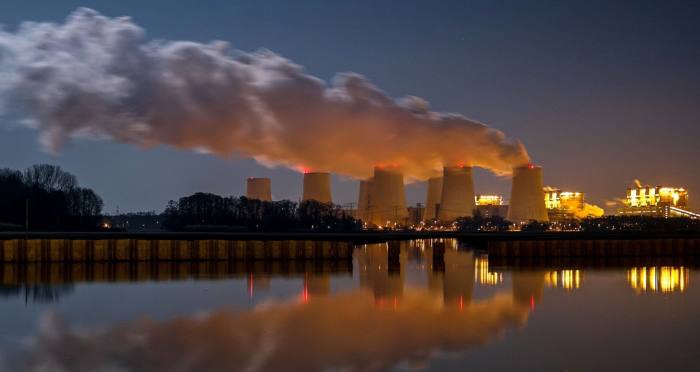[ad_1]

Trillions of dollars of economic activity along China’s east coast, including $974bn in Shanghai alone, are exposed to oceans rising as a result of climate change this century, according to Financial Times analysis of unpublished data.
When fine-grained gross domestic product and population data is mapped against projections of rising oceans for the year 2100, it shows that some of China’s most important commercial hubs could suffer from higher tides and annual flooding, unless drastic cuts are made to greenhouse gas emissions.
The analysis combines sea-level estimates by Climate Central, a US-based non-profit, with unpublished data from researchers in Finland that breaks down 2019 purchasing power parity GDP per capita and uses population density to work out grid-by-grid estimates of growth.
The economic might of Shanghai, the leading Chinese financial centre built between the Yangtze River estuary and Hangzhou Bay, is most exposed to sea-level rise, with an estimated $973.7bn of 2019 GDP at risk.
Two cities within 100km to the west of Shanghai — Suzhou and Jiaxing — were ranked second and third out of the 34 cities in the data set, with $330.4bn and $128.8bn of 2019 GDP exposed respectively.
Beyond the densely populated metropolitan centres, other critical pieces of China’s industrial supply chains and high-tech research and development zones also face similar risks.
Among industrial landmarks found in the highly exposed areas are the headquarters of Alibaba; China’s largest ecommerce platform in Hangzhou city; the Suzhou industrial park that is home to Panasonic’s new China headquarters; and Tesla’s Shanghai gigafactory.

China’s Ministry of Ecology and Environment did not respond to a request for comment about the FT’s analysis.
Although tides are unlikely to rise to levels that would submerge infrastructure for decades, researchers warn that intensifying floods, storm damage and soil erosion, as well as reduced fresh water supplies, threaten to undermine economic growth far before then.
Separate estimates have also underscored the high levels of exposure for major Chinese commercial and manufacturing centres.
Guangzhou and Dongguan, both in southern Guangdong province’s Pearl river delta, sit at the top of a global ranking of flood-vulnerable cities from Maplecroft, a research firm based in Bath, UK.
The low-lying nature of the delta means that “even conservative sea level rise projections have serious implications for the region’s economyâ€, with about a fifth of Guangzhou’s urban area classified as high or extreme risk, Maplecroft wrote last year.

Despite the high degree of exposure, the effect of sea-level rise on economic growth has traditionally received little public attention in China.
China’s ocean administration releases annual reports tracking sea-level rise and storm surge. Chinese cities have built thousands of kilometres of seawalls and dykes in areas such as the Pearl river delta.
But neither the Chinese government nor researchers have as yet released global public estimates of rising sea levels for the coming decades. Officials have in the past rejected international projections, including those from Climate Central.Â
Attention to the issue may be shifting, however, after President Xi Jinping elevated climate change mitigation by pledging China would reach “carbon neutrality†by 2060.
The annual blue book published by China’s National Climate Center in August 2020 said that, from 1980 to 2019, the average sea-level rise along China’s coasts was 3.4mm per year — 0.2mm per year above the global average.
Climate Capital

Where climate change meets business, markets and politics. Explore the FT’s coverage here.
Are you curious about the FT’s environmental sustainability commitments? Find out more about our science-based targets here
[ad_2]
Source link





